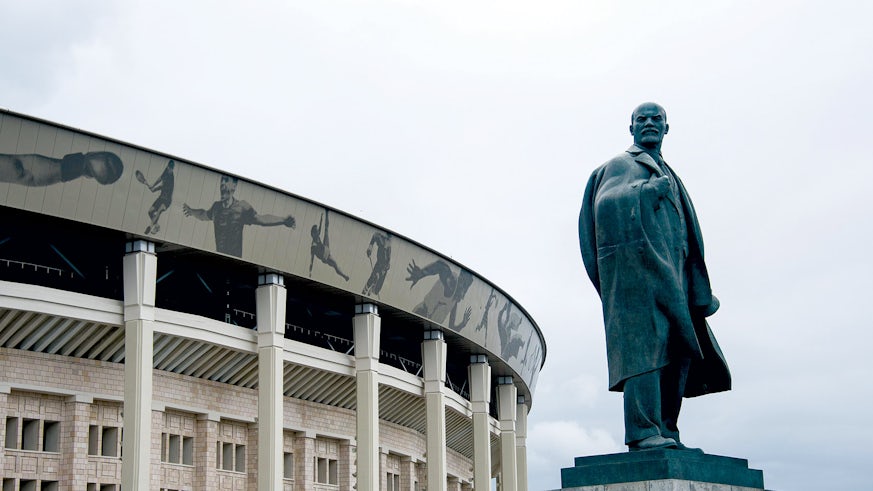Goodbye to all that? From Lenin to Putin
27 June 2018

Russia’s ruling elites past and present examined in Russian Revolution Centenary by Cardiff historian
Two major articles by a Cardiff historian consider the legacy of the Revolution’s leader and how today’s ruling elite are seeking to define the Russian Revolution a century on.
The articles come just ahead of the centenary of the murder of the Tsar and his family and the moment when Russian men and women were granted equal rights under the constitution of the Russian Socialist Federated Soviet Republic.
In this month’s History Today, Dr James Ryan argues that the Russian Revolution should not be confined to 1917, rather that the legacy of its leader and chief ideologue lives on in all its terrible contradictions. Goodbye Lenin? A Centenary Perspective is the cover story for the prestigious history magazine.
The academic who has engineered links between Cardiff University and Russia’s prestigious State Academic University for the Humanities in Moscow also features in the June issue of the journal Revolutionary Russia.
In 'The Politics of National History: Russia's Ruling Elite and the Centenary of 1917' Dr Ryan analyses how Russia's ruling elite (including President Putin) have approached the centenary commemoration of the Russian Revolution.
Appearing in the only specialist English-language academic journal devoted to the study of Russian history, c.1880-1930, the article examines what this tells us about the mindset of the key players, the importance of history as a means of constructing national identity, and how Russia's rulers today help shape representations of a controversial Soviet past.
Author of Lenin's Terror: The Ideological Origins of Early Soviet State Violence, Dr James Ryan is currently working on An Intellectual History of Soviet State Violence, 1918–1941.
